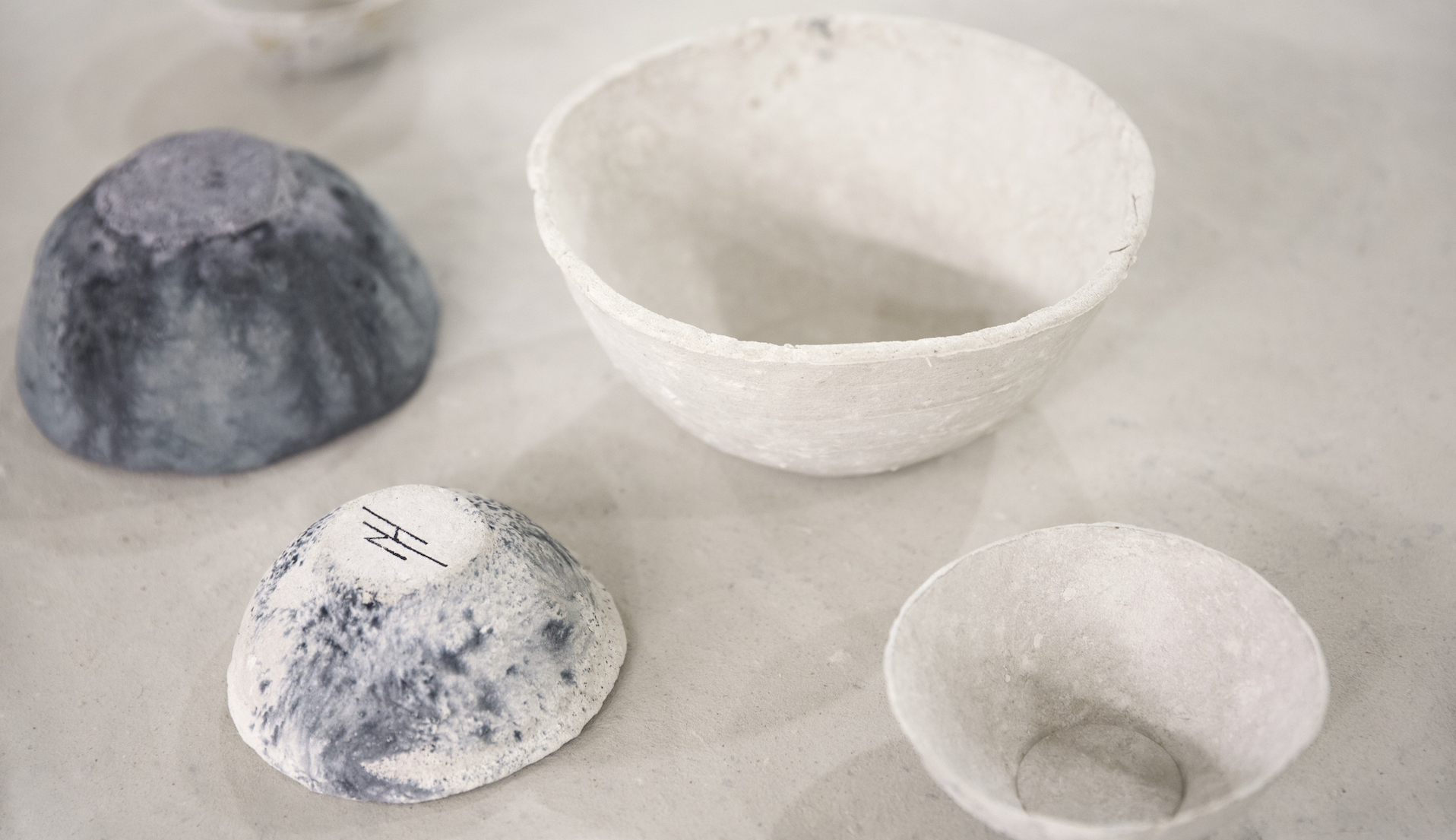Created from the unusual raw material of used toilet paper, Studio Neinke Hoogvliet has developed a sustainable collection of objects, including a table, lighting, and decorative bowls in conjunction with the Dutch Water Authority.
Entitled ‘Waterschatten’; Studio Neinke Hoogvliet wanted to create positive associations with materials reclaimed from the sewer, so by combining with brass, they were able to create stunning handmade products that belied their humble beginnings.
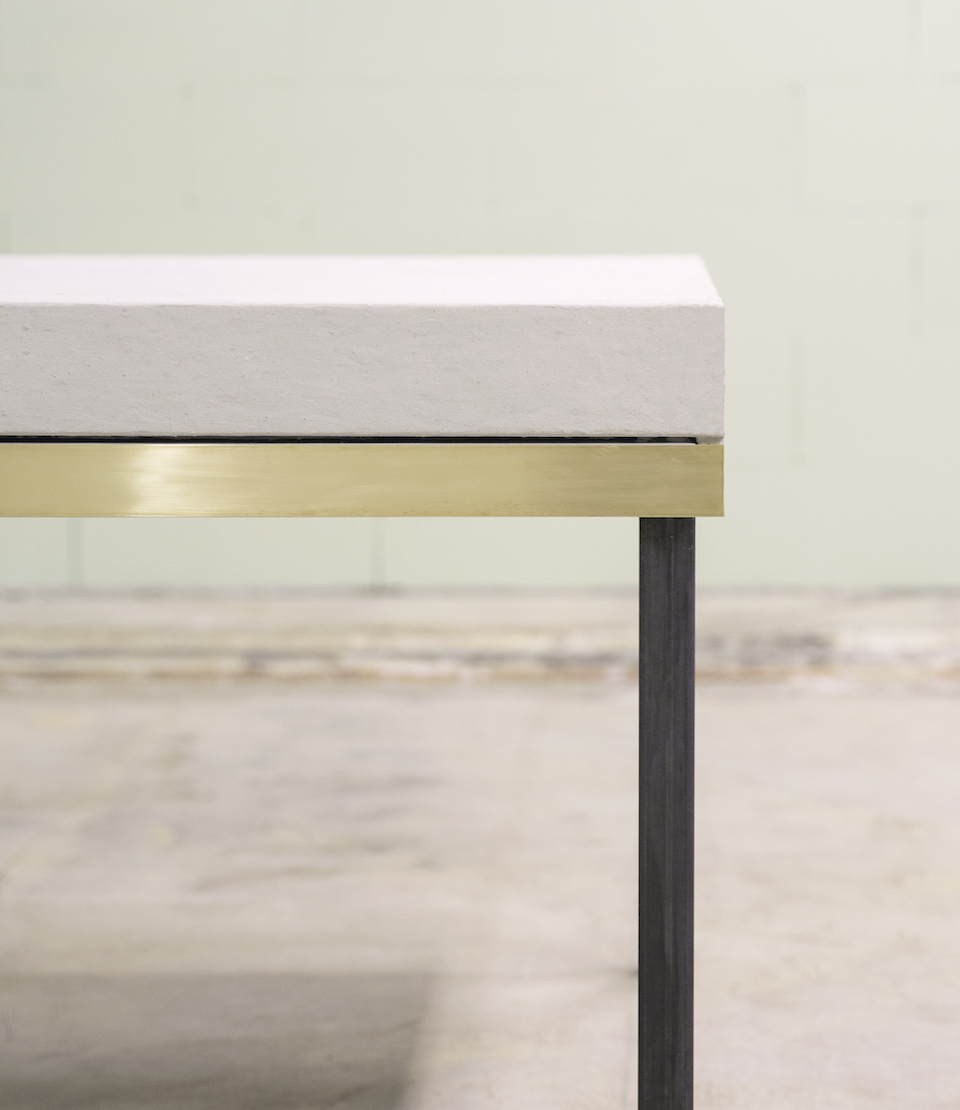
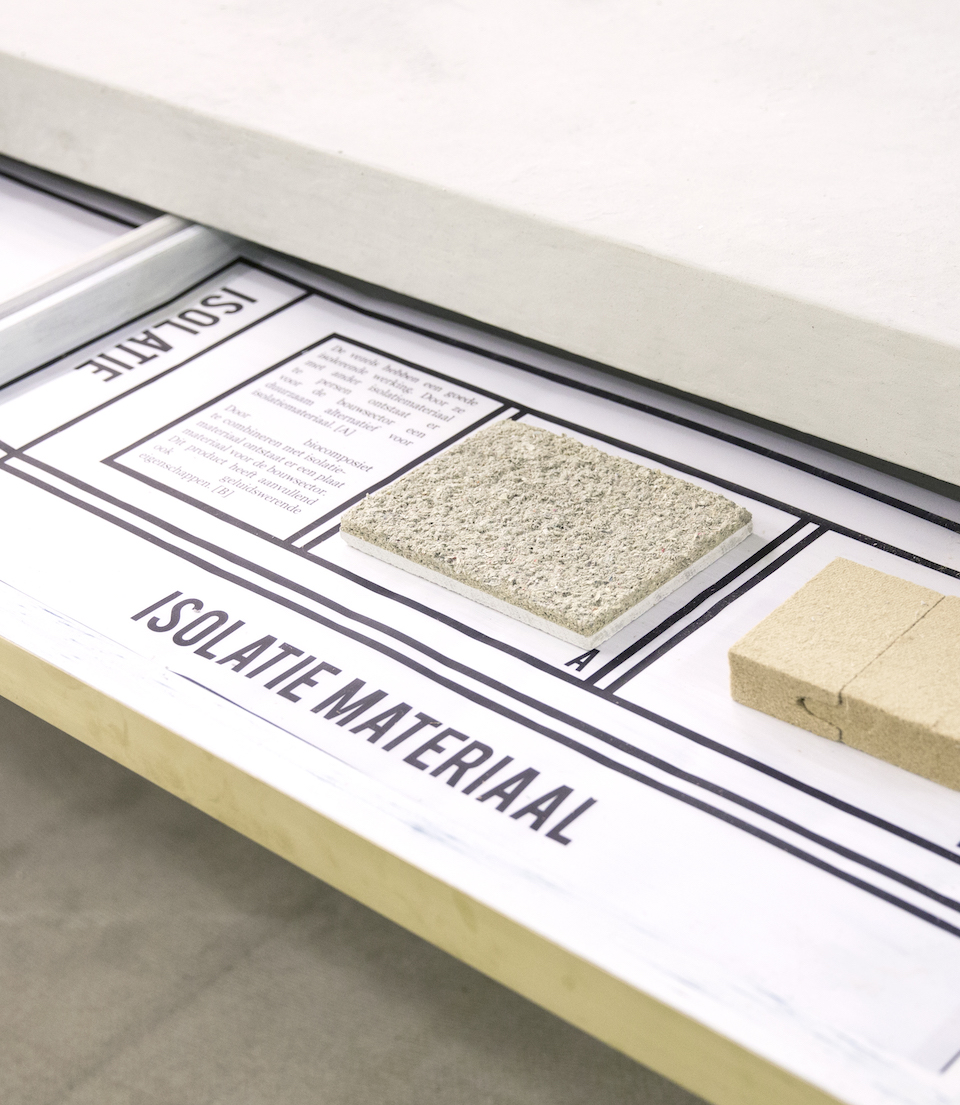
The cellulose material, used to create these beautiful pieces, was reclaimed from the 180,000 tonnes of paper flushed away each year in the Netherlands, the equivalent to 1 tree saved per tonne of waste reused.
Minimising the forestry environmental impact was just one outcome, as previously this waste would have been burnt and the process of reclaiming the material using fine sieves also required less energy consumption.
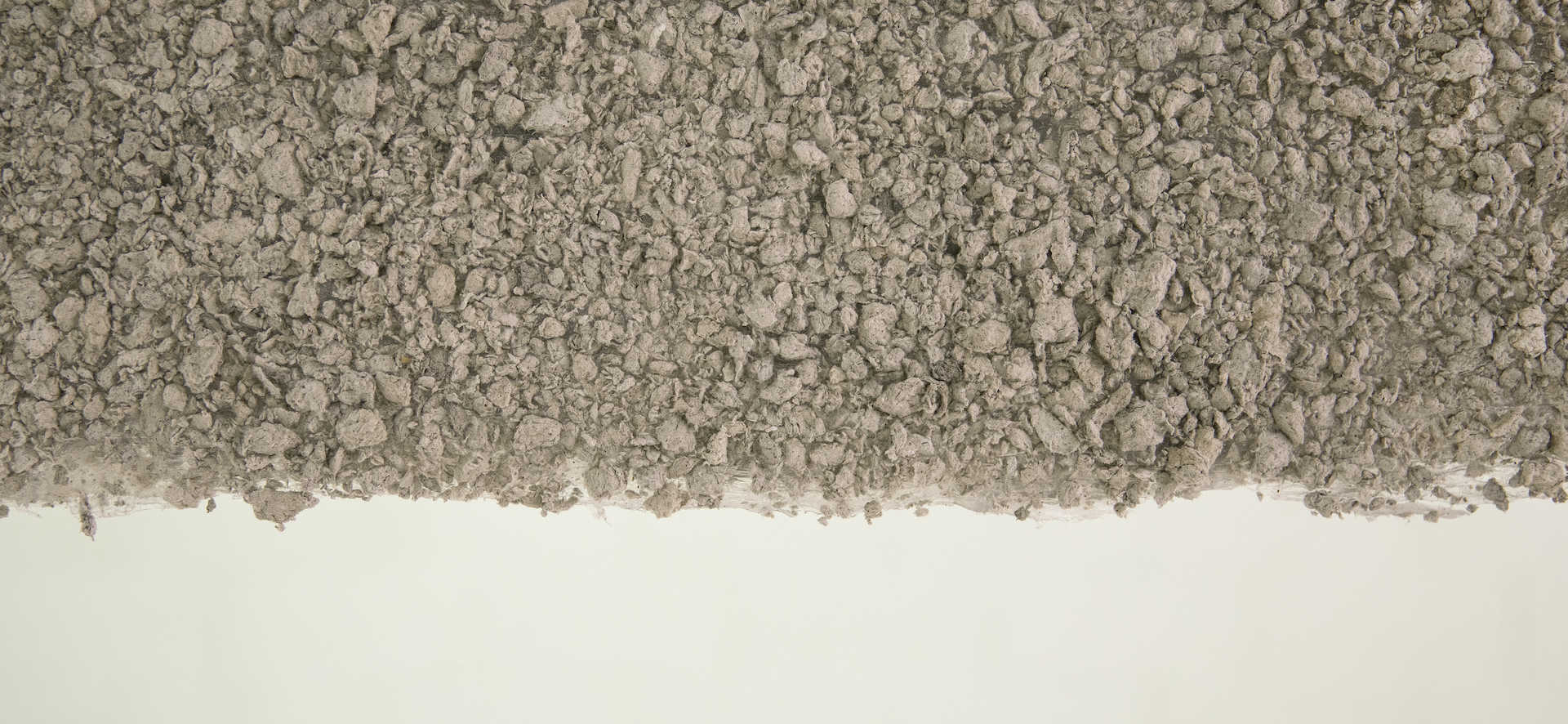
This successful collaboration is just part of a whole series of initiatives by the Dutch Water Board where water authorities in the Netherlands no longer regard wastewater as merely a by-product to be treated and processed, but as a valuable source of renewable energy, raw materials, and clean water and is part of a wider societal transition to a circular economy.
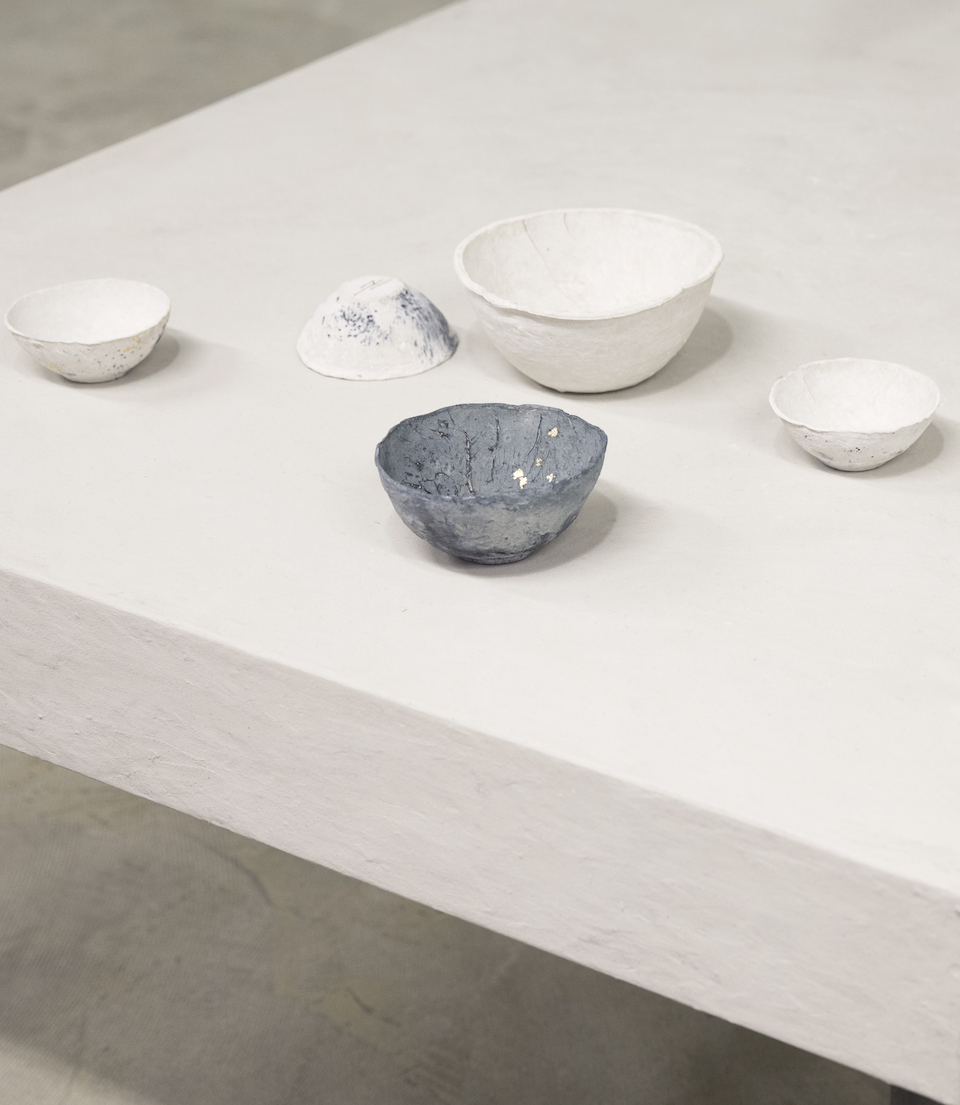
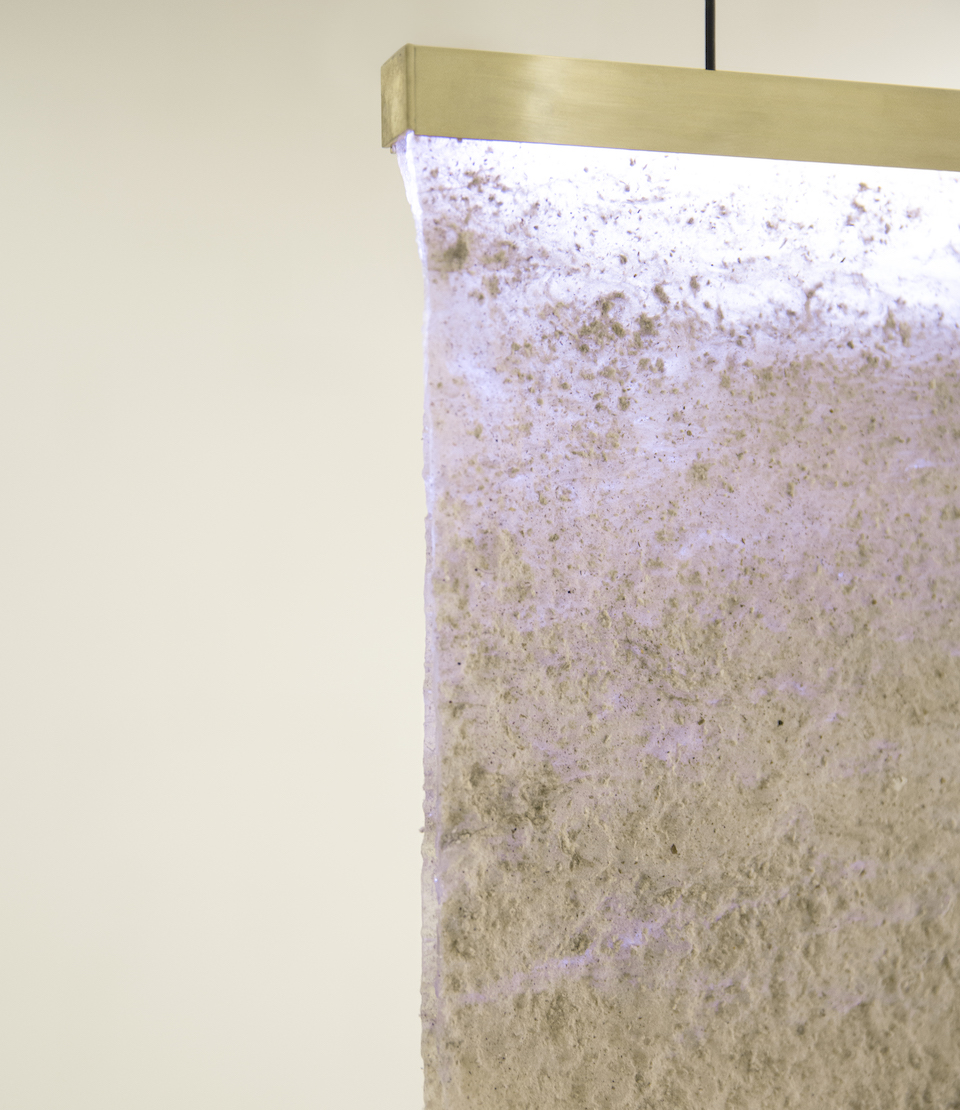
HRE AFTA previously commented on the growing need for humankind to utilise its own physical resources showcasing artists and designers already using their own tears, urine, faeces and blood to create products as part of its 2017-18 ‘slow trends’ presentation.
This is especially true given the world’s population is predicted to rise to just under 10 billion by 2050 (World Population Prospects 2017, United Nations) and the sheer volume of waste disposal is not just an issue around plastics and garbage, but bodily waste too.
The Waterschatten project is a great example of how alternative uses for this type of waste can be turned into an object of beauty, through clever design and collaboration.
